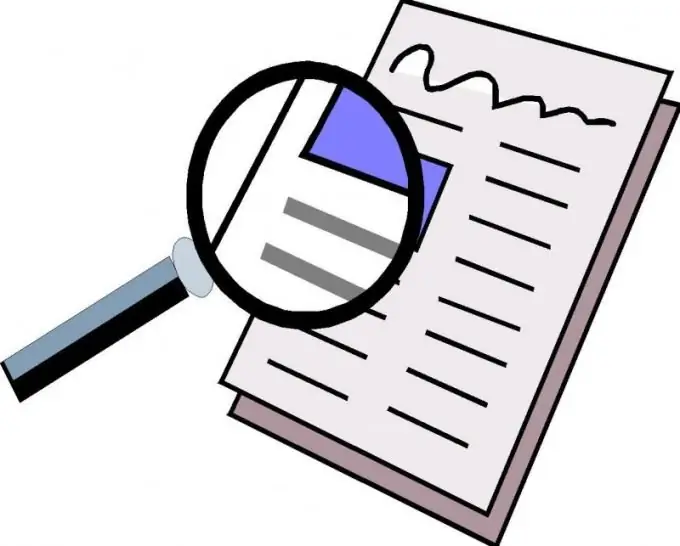- Author Isaiah Gimson [email protected].
- Public 2023-12-17 02:53.
- Last modified 2025-01-24 12:06.
The balance sheet is compiled in order to collect general information about the location, composition and sources of funds of the organization. It is a report on the financial situation of the enterprise. To learn how to draw up a balance, you must clearly follow the basic rules and regulations for filling it out and calculating all indicators.

Instructions
Step 1
Use unified reporting form No. 1 to compile the balance sheet. Study the rules for filling out the lines, which are prescribed in section 4 of PBU 4/99. All report indicators should be expressed in thousands or millions of rubles without using decimal places. Also remember that parentheses are used to represent negative numbers.
Step 2
Perform a series of steps to verify the completeness and accuracy of information about the assets and liabilities of the enterprise. To do this, before drawing up the balance sheet, an inventory of property and liabilities is performed, as well as the reformation of the balance sheet. If errors are found, then make the appropriate adjustments in the primary documentation.
Step 3
Fill in the asset balance sheet, which consists of information about non-current and current assets. It should be remembered that fixed assets, investments and intangible assets must be reflected at their residual value.
Step 4
Calculate the value of stock balances and inventories minus the reserve that was created after the inventory was taken. Also, the allowance for doubtful debts must be deducted from the balance of accounts receivable.
Step 5
Enter information in the liabilities of the balance sheet, which reflects data on the debts and liabilities of the enterprise, as well as accounts payable and borrowed funds. This part of the report allows you to determine the amount of debts and the possibility of covering them by assets.
Step 6
Check the correctness of the balance sheet. Determine the amount of the balance, which is equal to the sum of lines 190 and 290. In this case, this value must completely coincide with the sum of lines 490, 590 and 690. If this equality is observed, then the balance is drawn up correctly, otherwise it is necessary to re-check all the entered data with the inventory act …
Step 7
Remember that all balance sheet data must correspond to the balances of the corresponding accounting accounts. In this regard, at the end of each month of the reporting period, it is necessary to draw up balance sheets, which make it possible to identify inaccuracies. If these statements are filled in correctly, and an error is found in the balance sheet, then perhaps it consists in an incorrect calculation or indication of numbers.






